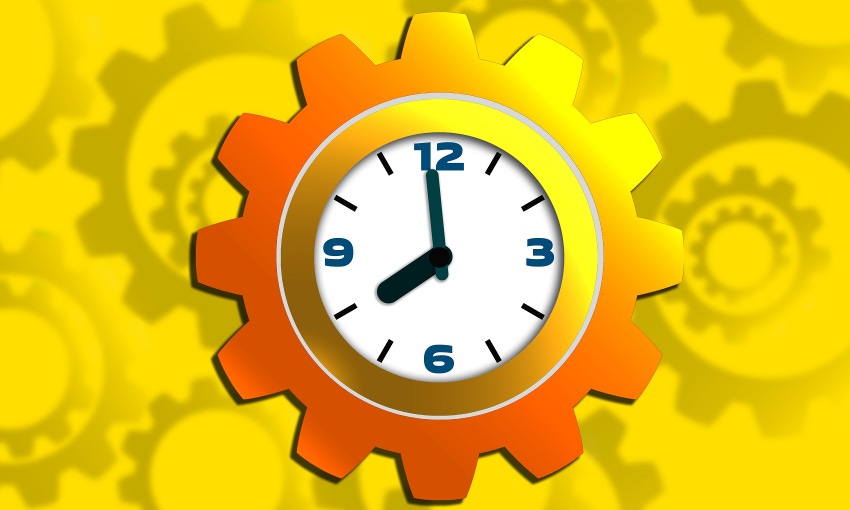How GenAI and Productivity Zones Can Improve Employees’ Productivity
Digital workplace leaders must understand generative AI's impact on information worker productivity.

Generative AI (GenAI) is quickly becoming an embedded capability across a range of digital workplace applications. Digital workplace leaders must examine GenAI capabilities against a representative collection of use cases.
From there, digital workplace leaders should apply productivity zones, which represent a way to better understand information work employee experiences beyond task-driven productivity approaches. Information workers often spend time flowing between a mix of tasks, relationships, and knowledge exchange activities. These can be applied against use cases to inform deployment decisions and help segment the different digital experiences employees encounter as they perform information-centric work.
Identifying how GenAI can positively impact information worker productivity requires an understanding of collective work activities, which is ultimately where productivity zones come in.
Understanding Productivity Zones
Sometimes, being more productive in team relationships has a greater overall productivity impact than personal, task-level optimization. Because of this, personal and team productivity can be better assessed by including any activities that are tied to productivity beyond the task itself. Treating work patterns as zones can help identify where technologies like GenAI can help employees be more productive.
Some of the key productivity zones that can jumpstart digital workplace leaders to better understand information work employee experiences:
Creating: Composing, designing and refining knowledge artifacts.
Meeting: Gathering people to share information, make decisions, document actions, and grant individual perspectives and a shared vision.
Coordinating: Interacting with team members and others to refine work efforts, align timelines, schedule deliverables, and reevaluate assignments.
Collaborating: Conducting conversations and joint efforts to execute the work.
Decision-making: Reaching an authoritative judgment or conclusion that affects individual and team actions for a given work activity.
Digital workplace leaders should keep in mind that zones are more of a continuum with varying degrees of overlap, rather than mutually exclusive.
There is no standard pathway through these zones. Employees may go through zones multiple times for a given activity. By understanding how the zones are orchestrated, however, digital workplace leaders have a better idea of what zones to weigh more than others. Zones with more weight attached to them signal where GenAI might have greater impact and productivity value.
GenAI’s Impact on Productivity Zones
Measuring productivity for information-based workers has historically focused on “time saved” approaches. Saving time on an activity does not always mean that the employee will reapply that time to the activity, or another activity directly.
Estimating the impact of a new technology on information work productivity is challenging. In the case of GenAI, the absence of historical insights, such as “time saved” approaches, places greater emphasis on gauging the areas of greater or lesser potential benefit.
At a high level, GenAI appears to offer an overall uplift in work efficiency for all types of work. However, leadership questions remain as to whether GenAI will deliver improvements to business results beyond personal productivity. Personal productivity might be improved, but if the work is dependent on synchronizing tasks and results with team members, then individual productivity gains can be negated.
For instance, GenAI in workstream collaboration tools can be used to help employees summarize large volumes of chat threads, and highlight key conversations, decisions, experts and insights. At first glance, this has a classic time-saving impact when compared to the effort needed to scroll through and then scan chat comments that could take place over the span of several days, or more. However, correlating this benefit to better results is challenging.
The benefits of GenAI go beyond task efficiency, however, to improve relationships and knowledge exchange. As people multitask, they lose situational awareness of their peers and overall work status -- who’s doing what, what actions are needed, what tasks are complete, what progress has been made, etc. Synthesizing information into a precise synopsis enables workers to reduce relationship and cognitive efforts as they come back up to speed.
Digital workplace leaders should measure and improve information worker productive needs by factoring in experiences that go beyond the task itself, the choices staff make when sequencing and prioritizing their works, and how much they depend on the input of others. Leverage productivity zones to identify what aspects of productivity can be improved for information-centric work.
Gartner analysts will provide additional analysis on GenAI and effective collaboration at the Gartner Digital Workplace Summit, taking place this week, in Grapevine, TX.
About the Author(s)
You May Also Like







